Bernese Midlands
The region extends from the Lake of Thun to Wynau (near Olten) and from Laupen (near the Lake of Murten) to the Emmen valley on the border to Lucerne.
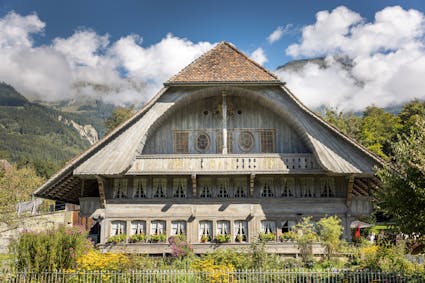
Impressive Building Landscape
This geographical zone is well-represented by 17 buildings. It extends from the Lake of Thun to Wynau (near Olten) and from Laupen (near the Lake of Murten) to the Emmen valley on the border to Lucerne. The Bernese Midlands form the heart of the second largest Swiss canton and presently comprise 100 communities.
From Tiny to Gigantic
This zone contains a wide range of architecture: small buildings like firehouses and apiaries (334, 383), granaries and barns (322, 332, 341, 352), parents’ quarters (333, 382), the nostalgic villa of a rich industrialist (361), the massive and decorated farmhouse of a wealthy owner (331) and the modest dwelling of a day labourer (371). These buildings were erected between the 17th century and the epoque around 1900. The sizes range from tiny like the wellhouse (323), with just enough room for one person, to the multipurpose Madiswil farmhouse (321) with a length of 20 metres (66 feet).
Influential Agrocapitalists
Trade and transport, crafts and mercenary fees led to capital and honour in urban circles. In the countryside, fertile fields and broad pastures rendered wealth to the owners of large farms. In the 17th and 19th centuries they acquired more real estate and more wealth through animal and field husbandry – to the disadvantage of farmhands, maids and day labourers already largely deprived of rights, impoverished and thus open to exploitation. Anyone not prepared to slave for low wages and poor keep faced the uncertain risk of emigration.
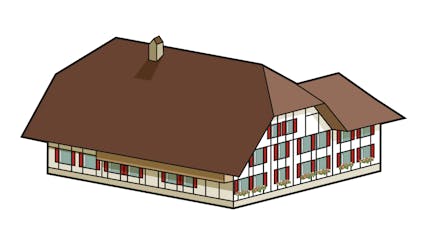
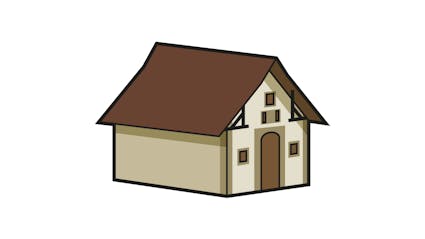
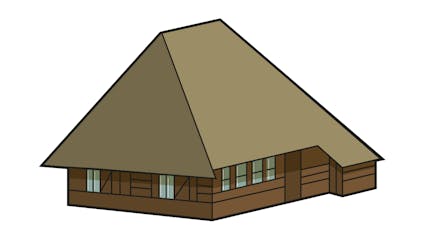
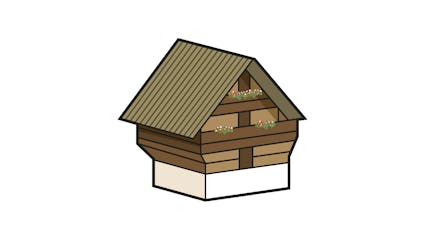
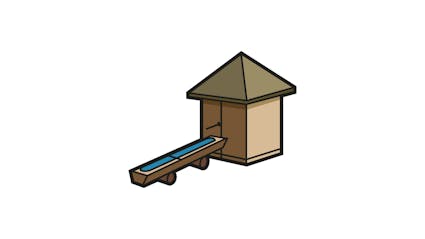
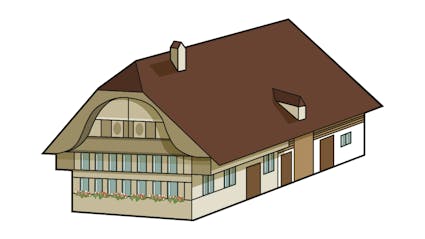

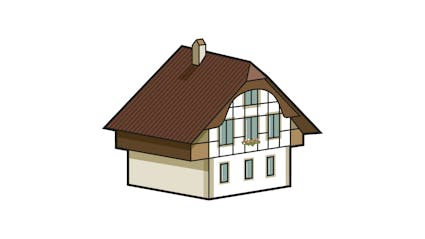
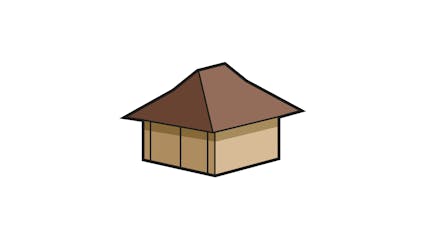
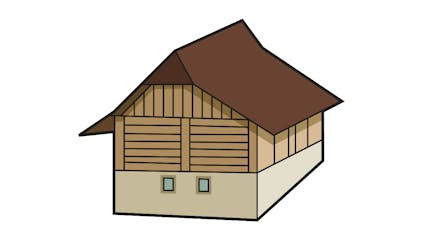
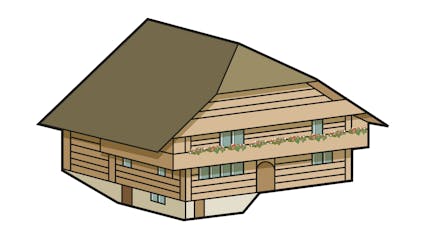
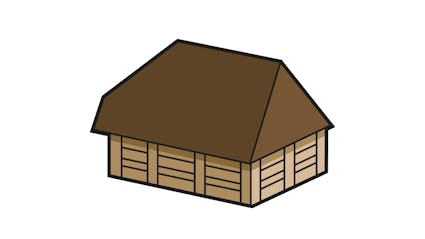
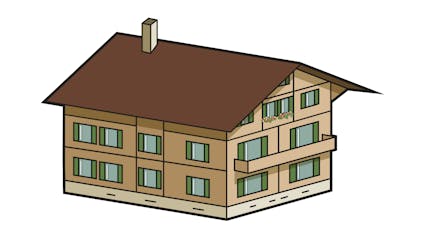
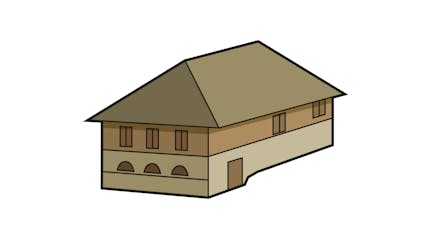

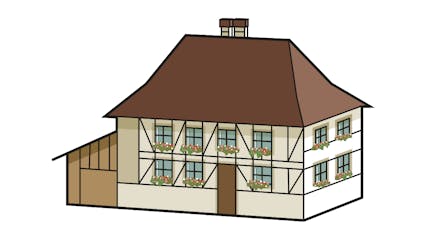
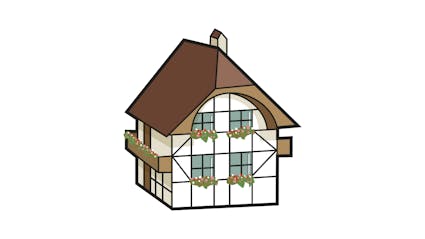
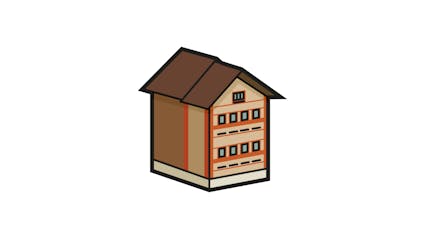
Ballenberg
Swiss Open-Air Museum
Museumsstrasse 100
CH-3858 Hofstetten bei Brienz
Company holidays
24 December 2025 to 11 January 2026
Opening hours Administration
3 November 2025 to 8 April 2026
From Monday to Friday
8.30 am to 11.30 am
1.30 pm to 4.30 pm
Opening hours
9 April to 1 November 2026
10 am to 5 pm daily